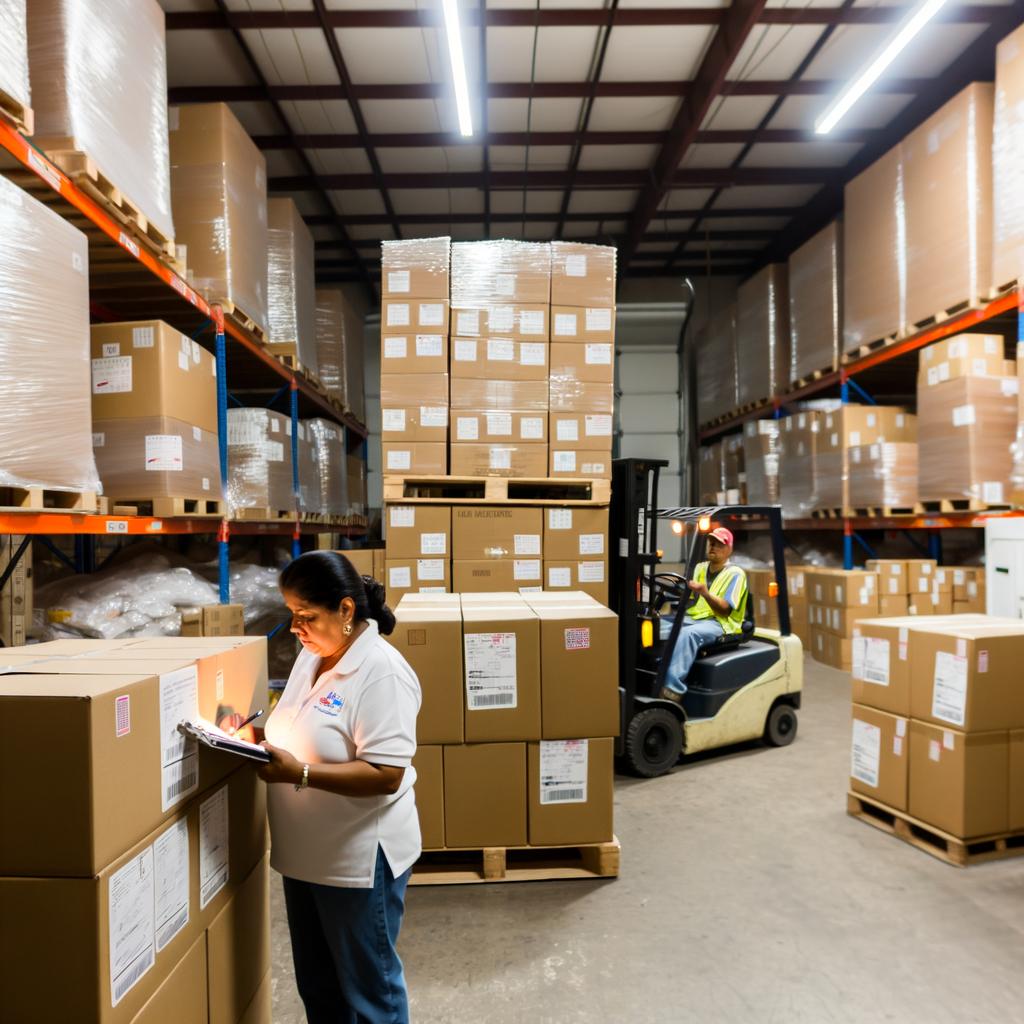Independence Day is the perfect holiday to celebrate how far we’ve come from the height of the pandemic. We are seeing friends and relatives we haven’t seen in such a long time. People are finally feeling safe to gather, so it only makes sense that there will be bigger celebrations this year, translating to higher demand for Fourth of July supplies — from food to fireworks to paper goods.
That’s a total of $7.5 billion — an increase of nearly a billion dollars since 2014 and a million dollars more than last year.
According to National Retail Federation (NRF) data, 84% of Americans plan to celebrate July 4 this year, with spending on cookouts, barbecues, and picnics topping their list of expenditures. An average of $80.54 per person will be spent this year on Fourth of July food. That’s a total of $7.5 billion — an increase of nearly a billion dollars since 2014 and a million dollars more than last year. Consumers are also planning to spend their money on fireworks and additional “patriotic supplies.”
Following a year of well-documented global supply chain snags, including record-breaking port congestion and a serious lack of truck drivers, there is no shortage of media stories about scarcities from everything including hot dogs to fireworks ahead of the holiday weekend. Reports are noting higher prices and fewer choices for fireworks, in particular. “Fireworks face unique shipping issues, because only a handful of shipping lines currently accept them,” Ben Popken writes for NBCNews.com. “Of them, only so many ships are available — and of those ships, only a limited portion of their cargo space can be allocated to material classified as hazardous, such as fireworks.”
To be sure, we are seeing constrained capacity across the board, but we’ve been successfully navigating shippers’ delivery challenges, and I’m hopeful that post-Independence Day, we’ll be able to celebrate appropriately. Transfix has a number of major CPG partners, and we have seen a big increase in shipments during the past month. They have been preparing and forecasting for this holiday and they’re working with providers who can flex with them to get the goods they need to service their customers.
For those shippers that haven’t planned ahead, I have three pieces of unsolicited, last-minute advice for Fourth of July freight:
- Be open to new ways of doing things. If you’re used to freight shipping on a full truckload, but it’s only a partial load, be ready to pivot with the help of a provider that is nimble enough to do that for you.
- Partner with your top digital providers. They will have the connectivity to give you access to load updates as soon as possible and the visibility you need to stay ahead.
- Be prepared to use your backup plans. Smart shippers are using a mix of tools to the best of their abilities to predict these surges and spikes while keeping humans in the loop for proactive problem-solving. People can be the best partners to help change plans and stay ahead of any setbacks, should there be a service failure.
This advice will take you beyond July 4. Independence Day usually marks the end of produce season, with capacity typically loosening within a week or two. Don’t expect that to happen this year. While produce shipments will wane, other verticals — such as school and office supplies — will step in to keep capacity constrained. I expect a lot of freight that hasn’t been shipping at high volumes for the past year to pick back up. I don’t anticipate the market loosening up at least for the next few months, if not for the remainder of 2021.
Not to worry: At Transfix, we’ve been spending a lot of time and effort scaling on tech and data. We’re hiring ahead of the curve, and we’re preparing to be there for shippers’ freight fireworks long past the Fourth of July.



![[Webinar Recap] The Market Rebalance is Coming: Critical Strategies to Fortify Your Carrier Network](https://transfix.io/hubfs/Transfix_February2023/images/truckcarrier.jpg)
